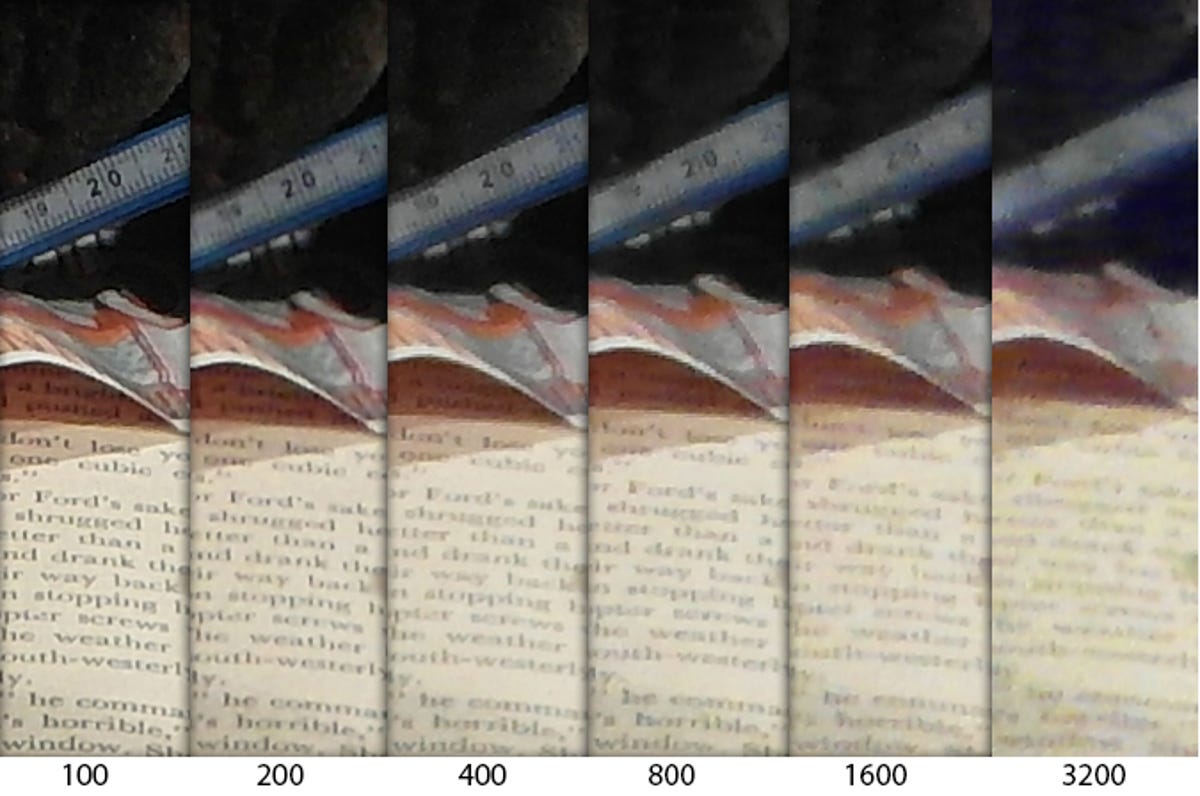
ISO comparison
The Samsung WB850F's picture quality is very good for its class. Like many point-and-shoots, the more light you have, the better your photos will be. If you're considering this for daylight shooting, you'll likely be very satisfied with the results.
Subjects do get noticeably softer as you increase ISO, which means with less light you'll lose sharpness and fine details, and things start to look flat. (They definitely benefit from some light post-shoot sharpening.) On the other hand, the f2.8 lens and the back-illuminated CMOS sensor keeps the camera from immediately ratcheting up ISO, so you can take low-light photos (at least at the wide end of the lens) with better results than some competing models.
Basically, if you're considering this for its online-sharing capabilities and don't typically make large prints above 8x10s, regularly enlarge and heavily crop pictures, or view them at large sizes on screen, it's a fine choice.
Color
The camera produces bright and natural colors and remain that way through ISO 800; above that they start to look slightly washed out, but still decent. Like many point-and-shoots, highlights are regularly blown out, though.
The camera's auto white balance is very good. In fact, I found myself not using the presets because they didn't seem as accurate. There is an option to take a manual reading as well as adjust the overall temperature using a simple slider.
Backlight mode
Zoom range
Lens distortion
Macro
ASM modes
Smart Filters
Artistic Brush
Magic Frame
Live Panorama
Photos at 483mm (f5.9, 1/90th, ISO 200)
I've included this and the following three photos so you can get an idea of quality with the lens fully extended. There is a link below each so you can open and view them at full size. These are large files, though, and may take some time to load.
Photos at 483mm (f5.9, 1/750th, ISO 100)
Photos at 483mm (f5.9, 1/30th, ISO 100)
With the shutter speed dropped to 1/30 of a second and ISO 100, you can see the optical image stabilization does a very good job of controlling hand shake.

